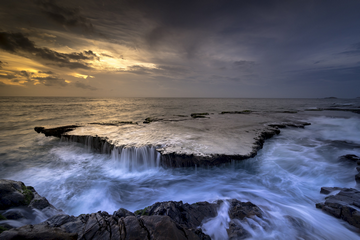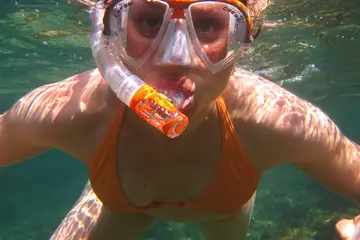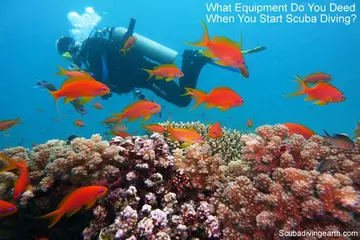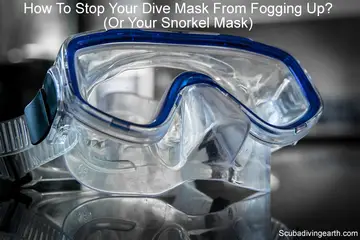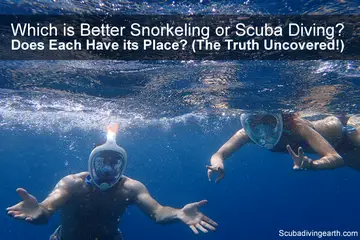What’s The Best Time To Snorkel: High Tide Vs Low Tide & Time of Day
Whether or not it’s better to snorkel at high tide or low tide is debatable. There are pros vs cons for both. At high tide the water visibility tends to be better, but the water may be too deep to see the bottom. But at low tide the visibility may be worse, but the water is shallower and shallow pools are uncovered This makes it easier to look for sea creatures on the bottom. However, there will be an opportunity to see different sea creatures at high tide vs low tide, as each tidal range is suitable for different fish and other creatures.

